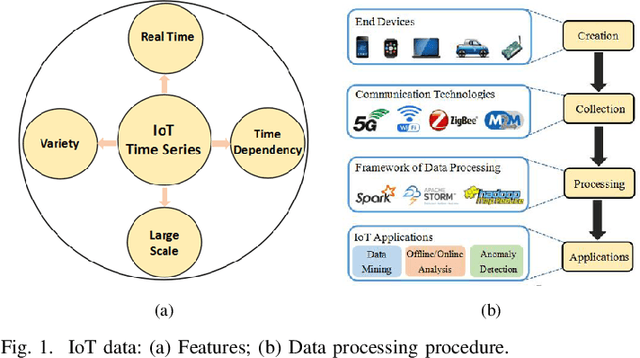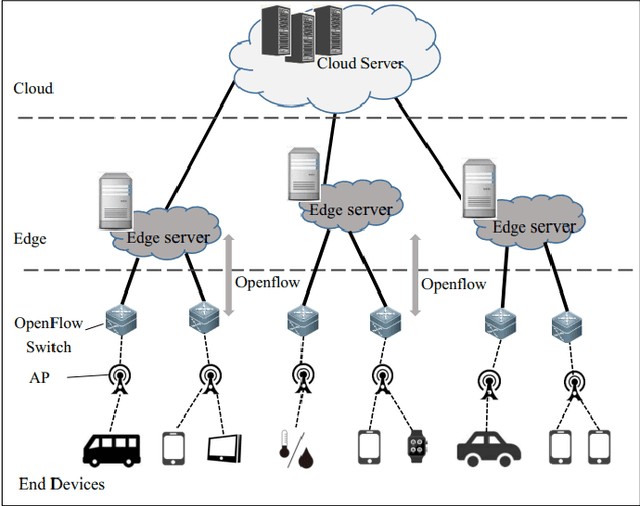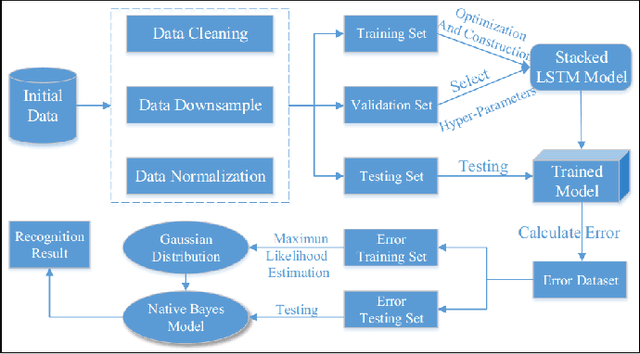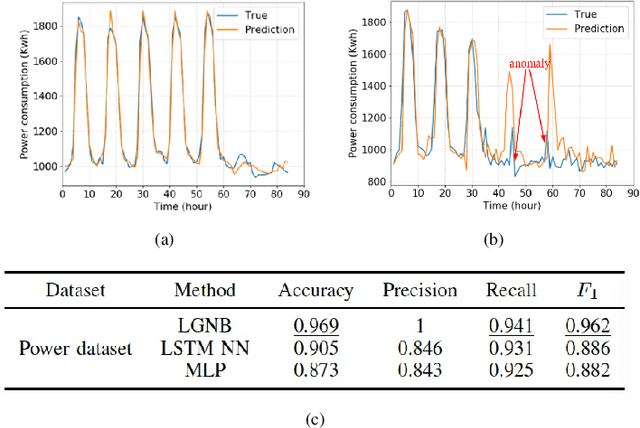Haibo Zeng
Towards Computational Awareness in Autonomous Robots: An Empirical Study of Computational Kernels
Dec 20, 2021



Abstract:The potential impact of autonomous robots on everyday life is evident in emerging applications such as precision agriculture, search and rescue, and infrastructure inspection. However, such applications necessitate operation in unknown and unstructured environments with a broad and sophisticated set of objectives, all under strict computation and power limitations. We therefore argue that the computational kernels enabling robotic autonomy must be scheduled and optimized to guarantee timely and correct behavior, while allowing for reconfiguration of scheduling parameters at run time. In this paper, we consider a necessary first step towards this goal of computational awareness in autonomous robots: an empirical study of a base set of computational kernels from the resource management perspective. Specifically, we conduct a data-driven study of the timing, power, and memory performance of kernels for localization and mapping, path planning, task allocation, depth estimation, and optical flow, across three embedded computing platforms. We profile and analyze these kernels to provide insight into scheduling and dynamic resource management for computation-aware autonomous robots. Notably, our results show that there is a correlation of kernel performance with a robot's operational environment, justifying the notion of computation-aware robots and why our work is a crucial step towards this goal.
Software-Defined Edge Computing: A New Architecture Paradigm to Support IoT Data Analysis
Apr 26, 2021



Abstract:The rapid deployment of Internet of Things (IoT) applications leads to massive data that need to be processed. These IoT applications have specific communication requirements on latency and bandwidth, and present new features on their generated data such as time-dependency. Therefore, it is desirable to reshape the current IoT architectures by exploring their inherent nature of communication and computing to support smart IoT data process and analysis. We introduce in this paper features of IoT data, trends of IoT network architectures, some problems in IoT data analysis, and their solutions. Specifically, we view that software-defined edge computing is a promising architecture to support the unique needs of IoT data analysis. We further present an experiment on data anomaly detection in this architecture, and the comparison between two architectures for ECG diagnosis. Results show that our method is effective and feasible.
 Add to Chrome
Add to Chrome Add to Firefox
Add to Firefox Add to Edge
Add to Edge